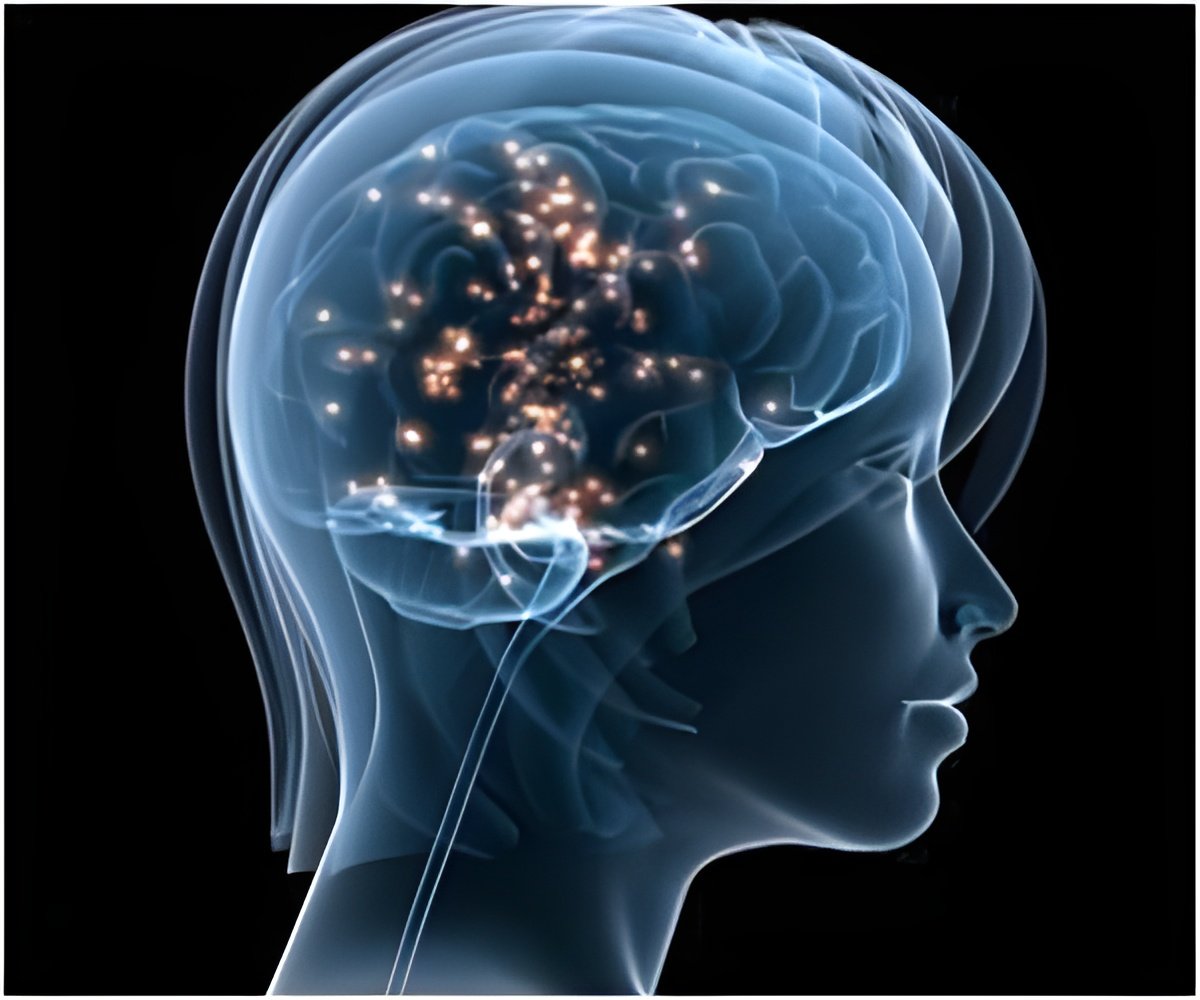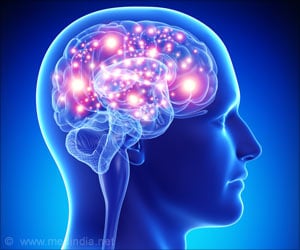
In their current study, the RUB scientists and their colleagues at the Department for Epileptology in Bonn analysed distributed and local activity patterns during spatial navigation.
Memorising paths in virtual houses
Ten epileptic patients participated in the study; EEG electrodes were implanted directly in their brains as part of a surgical procedure. During EEG monitoring, the patients were asked to memorise paths through virtual houses and to remember those paths afterwards.
The researchers thus successfully identified the neuronal signature during learning and remembering of specific spatial locations. "Distributed and local activity patterns appear to be related: the brain regions that contributed to distributed spatial representations also contained fairly precise information on a local scale," explains Nikolai Axmacher.
"The accuracy of spatial representations was rather variable; interestingly, more reliable representations occurred if the brain's overall activity in a rapid frequency range was comparatively low." These results suggest that spatial navigation is particularly successful if other, irrelevant activities can be suppressed.
Advertisement
Source-Medindia













